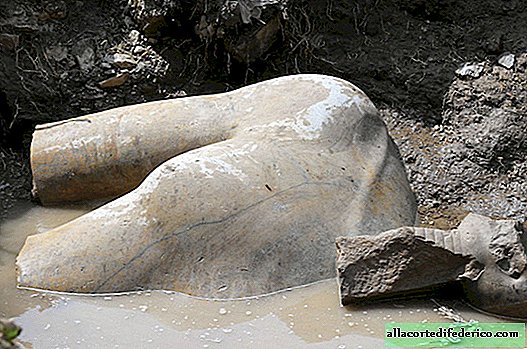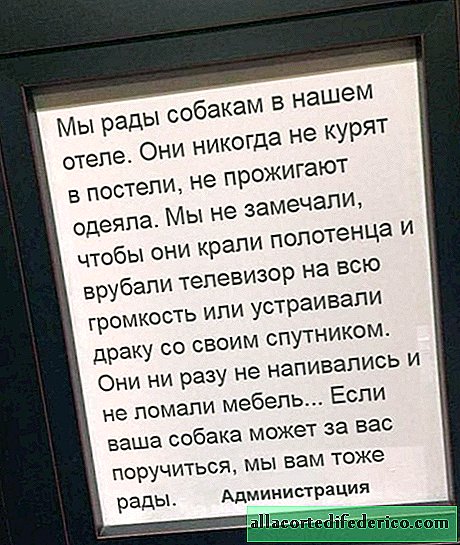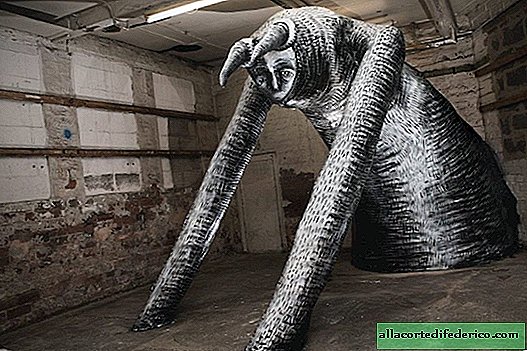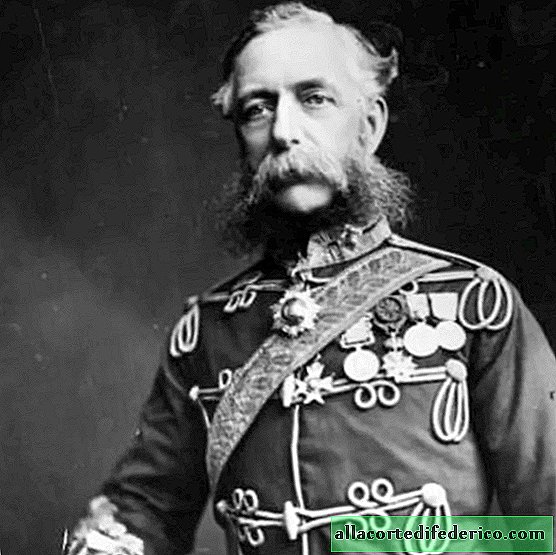The ancient Egyptians and Indians of America were familiar
The civilization of Ancient Egypt left behind a lot of historical material. Due to the presence of a huge number of mummified remains, incredibly valuable information fell into the hands of Egyptologists, which scientists have been decoding for more than a dozen years.
 In the photo: Wall picture. Ancient Egyptian boat
In the photo: Wall picture. Ancient Egyptian boatIn the mummies of the Egyptians who died during the 21st dynasty, researchers found traces of narcotic substances: cocaine, tobacco and hashish. These drugs are obtained from plants that grow in the wild only in the Americas. The found mummies belonged not only to representatives of the Egyptian nobility, but also to ordinary people. It turns out that long before Columbus discovered America, Egyptians used cocaine and tobacco. They were used mainly as painkillers, because the ancient Egyptians were excellent pharmacists of their time. They used many different herbal and mineral preparations to treat diseases and alleviate their symptoms. As it turned out, there were drugs among these drugs, and they were not considered the prerogative of the nobility and the upper layers of society. The content of cocaine and tobacco was found in a large number of mummies of ordinary Egyptians and even in the mummies of children who died before the age of 6 years. But how did these substances get to northern Africa? Scientists were puzzled by this moment, because it did not fit into the generally accepted historical theory. Later it turned out that even before the incredible find, scientists came across "uncomfortable" artifacts that they preferred not to spread about. So, for example, during the excavation of the tomb of Tutankhamun in 1922, a dried tobacco beetle was found. Tobacco bugs and tobacco residues were found in other burials, as well as in the sarcophagi and mummies themselves. Presumably, tobacco was used for mummification and fumigation of premises, since it has disinfecting properties. During the excavations of Giza, smoking pipes were also discovered, so it is quite possible that the Egyptians also used tobacco as a smoking substance. And if the presence of tobacco and hash with a stretch can be explained by the fact that similar substances can be obtained from plants of the Old World, then the issue of cocaine remains open.
 In the photo: A fragment of wall painting of the ancient Egyptians
In the photo: A fragment of wall painting of the ancient EgyptiansCould the ancient Egyptians make long journeys across the Atlantic Ocean and back? And if the use of narcotic substances was so widespread in Egyptian society, then they should have entered there more or less regularly. That is, transatlantic travels were not one-time. Back in the 1970s, the Norwegian archaeologist Thor Heyerdahl proved that you can cross the Atlantic on papyrus vessels, which was probably what the ancient inhabitants of the Nile Valley were doing. This assumption is also supported by the fact that the culture of the American Indians is very similar to the Egyptian. The same pyramids with similar proportions and functional content. But if the structure of the pyramids, the style of cave paintings and the mention in the epics of the ancient Indians about the arrival of the “gods” in helmets with snakes can be attributed to coincidences, then the similarity of the writing of the Mikmak Indians with Egyptian hieroglyphs raises a lot of questions. In the north of the Americas, the Mikmak Indian tribes lived, which were "discovered" by missionaries in the 1600s. This ethnos had a developed written language, which had much in common with Egyptian hieroglyphs. While the writing of the Mayans and Aztecs had a completely different structure.
 In the photo: Fragment of wall painting of the Indians
In the photo: Fragment of wall painting of the IndiansIt is possible that soon scientists will be able to uncover new facts confirming the connection between Egyptian and Native American cultures. But the part that has already been discovered is quite enough to rethink the history of the Ancient World.

















